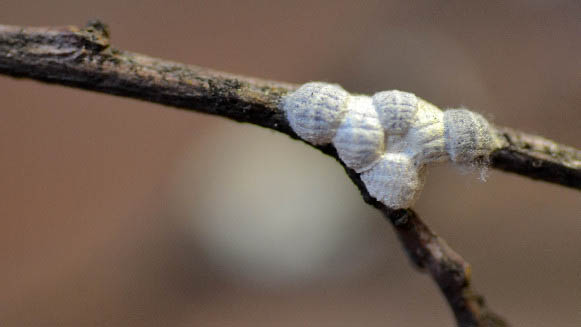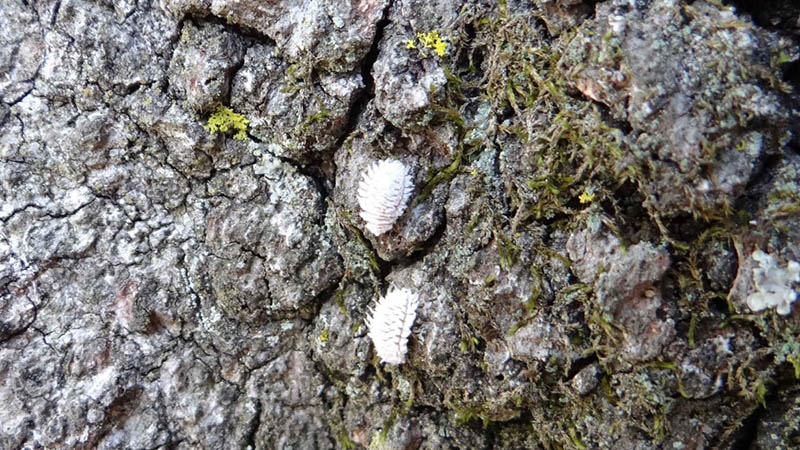Felt Scales on Oaks
go.ncsu.edu/readext?681294
en Español / em Português
El inglés es el idioma de control de esta página. En la medida en que haya algún conflicto entre la traducción al inglés y la traducción, el inglés prevalece.
Al hacer clic en el enlace de traducción se activa un servicio de traducción gratuito para convertir la página al español. Al igual que con cualquier traducción por Internet, la conversión no es sensible al contexto y puede que no traduzca el texto en su significado original. NC State Extension no garantiza la exactitud del texto traducido. Por favor, tenga en cuenta que algunas aplicaciones y/o servicios pueden no funcionar como se espera cuando se traducen.
Português
Inglês é o idioma de controle desta página. Na medida que haja algum conflito entre o texto original em Inglês e a tradução, o Inglês prevalece.
Ao clicar no link de tradução, um serviço gratuito de tradução será ativado para converter a página para o Português. Como em qualquer tradução pela internet, a conversão não é sensivel ao contexto e pode não ocorrer a tradução para o significado orginal. O serviço de Extensão da Carolina do Norte (NC State Extension) não garante a exatidão do texto traduzido. Por favor, observe que algumas funções ou serviços podem não funcionar como esperado após a tradução.
English
English is the controlling language of this page. To the extent there is any conflict between the English text and the translation, English controls.
Clicking on the translation link activates a free translation service to convert the page to Spanish. As with any Internet translation, the conversion is not context-sensitive and may not translate the text to its original meaning. NC State Extension does not guarantee the accuracy of the translated text. Please note that some applications and/or services may not function as expected when translated.
Collapse ▲Felt scales are a family of scales that include azalea bark scale (Acanthococcus azaleae), crape myrtle bark scale (Acanthococcus lagerstroemiae), European elm scale (Gossyparia spurius), and oak eriococcid scale (Acanthococcus quercus). These scales all have a felted covering that is most apparent when adults are producing eggs. Female oak eriococcid scales are producing eggs now. They produce a fluffy felted egg case with with 100 or more eggs that will hatch in the coming weeks. The crawlers (first instar nymphs) move to new growing branches to feed. They will mature in midsummer and produce a second generation.
Willow oaks and other species can become heavily infested with oak eriococcid scale and this time of year much of the trunk and branches will be covered with the felted egg cases that look like the head of a cotton swab. These scales also produce honeydew which will coat the leaves and surfaces below the trees and can foster black sooty mold.
Little is known about the management of these scales. However, as with other scales targeting management efforts toward the crawlers is best. Horticultural oil or insecticidal soap applied thoroughly once eggs hatch should help reduce the population. Other insecticides for scales are in this publication.
It is important to pay attention to whether the scales are moving or not. There are lady beetle species that are scale predators and mimic the appearance of felted scales and mealybugs as larvae. These lady beetle larvae will be crawling around the bark on trunks and branches this time of year, sometimes in great numbers. Please do not mistake these for pests. Lady beetle larvae move. Scales and mealybugs do not.




